Home>Technology>Security & Surveillance>How To Lock Pantry Door
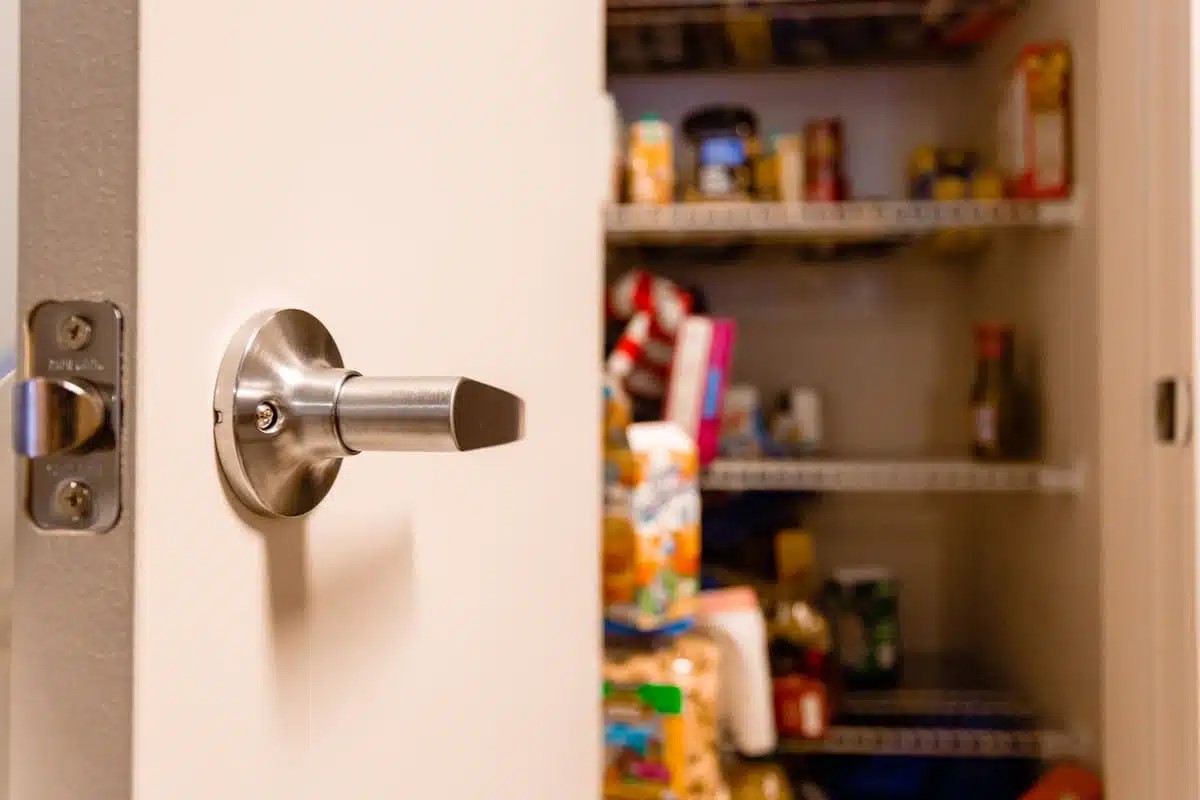

Security & Surveillance
How To Lock Pantry Door
Published: December 27, 2023
Learn how to secure your pantry with our comprehensive guide on how to lock pantry doors. Enhance your home security with our expert tips and advice. Ideal for those looking for security and surveillance solutions.
(Many of the links in this article redirect to a specific reviewed product. Your purchase of these products through affiliate links helps to generate commission for Storables.com, at no extra cost. Learn more)
Introduction
Securing your pantry can be essential for safeguarding valuable items and ensuring the privacy of your stored goods. Whether you're aiming to prevent unauthorized access to your snacks or protect your pantry inventory from curious pets, installing a lock on the pantry door can offer peace of mind and security.
In this comprehensive guide, we will explore the process of locking a pantry door, from assessing the door's structure to selecting the most suitable lock and carrying out the installation. By following these steps, you can effectively fortify your pantry and manage access to its contents. Let's delve into the intricacies of securing your pantry with a reliable lock.
Key Takeaways:
- Choose the right lock for your pantry door based on your specific needs, such as security, convenience, and aesthetics. Consider options like keyed locks for heightened security or child-safe locks for easy access.
- After installing a lock on your pantry door, test it thoroughly to ensure smooth operation and reliable security. Check for any irregularities and address them promptly to maintain the effectiveness of the lock.
Read more: How To Lock A Door Without A Lock
Assessing the Pantry Door
Before embarking on the journey of securing your pantry door, it's crucial to assess the door's composition and the surrounding area. Take a moment to examine the type of door you have, as this will influence the selection of an appropriate lock.
Here are the key factors to consider when assessing your pantry door:
- Door Material: Determine the material of your pantry door, whether it is wood, metal, or another composite. The material will impact the installation process and the compatibility of different locks.
- Door Frame: Inspect the condition of the door frame to ensure it can support a lock installation without compromising its structural integrity.
- Door Swing: Take note of the direction in which the door swings open, as this will help in positioning the lock for optimal functionality.
- Existing Hardware: Evaluate any existing hardware on the door, such as handles, hinges, or latches, to determine how a new lock can be integrated effectively.
- Security Needs: Assess your specific security requirements, whether it involves keeping children out of the pantry, preventing theft, or safeguarding perishable items from pets.
By conducting a thorough assessment of your pantry door, you can gain valuable insights into the most suitable locking mechanism to fulfill your security needs. With this information in hand, you can confidently proceed to the next step of choosing the right lock for your pantry door.
Choosing the Right Lock
When it comes to selecting a lock for your pantry door, various options are available to cater to different security requirements and door types. Understanding the features and functionalities of each type of lock will empower you to make an informed decision that aligns with your specific needs.
Here are some popular types of locks suitable for pantry doors:
- Keyed Lock: Ideal for heightened security, a keyed lock requires a physical key to unlock the door. This type of lock is effective for restricting access to the pantry, especially in households with multiple occupants.
- Padlock and Hasp: A padlock and hasp combination offers versatility and portability. It can be particularly useful for securing pantry doors in temporary or outdoor settings.
- Privacy Lock: Commonly found in bathrooms and bedrooms, a privacy lock is designed to provide seclusion rather than robust security. It allows the door to be locked from the inside, ensuring privacy for the pantry area.
- Electronic Keypad Lock: With the convenience of keyless entry, an electronic keypad lock enables authorized individuals to input a code for access. This modern solution is suitable for households seeking advanced security features.
- Child-Safe Lock: Engineered with child safety in mind, this type of lock prevents young children from accessing the pantry without adult supervision. It offers a balance between security and easy access for authorized users.
Consider the specific needs of your household and the intended purpose of the pantry when choosing a lock. For instance, if you prioritize convenience and quick access, an electronic keypad lock may be the most suitable option. Conversely, if your primary concern is restricting access to the pantry, a keyed lock or child-safe lock could be the ideal choice.
Additionally, take into account the aesthetic appeal and compatibility of the lock with your pantry door. Ensuring that the selected lock complements the overall design and functionality of the door will contribute to a cohesive and effective security solution.
By carefully evaluating the available options and weighing their respective benefits, you can confidently proceed to the next phase of installing the chosen lock on your pantry door.
Install a slide bolt or latch on the pantry door to secure it. Make sure it is installed high enough so that small children cannot reach it.
Installing the Lock
Once you have selected the appropriate lock for your pantry door, the next crucial step is to proceed with the installation process. Proper installation is paramount to ensure the lock functions effectively and provides the desired level of security.
Here are the general steps to install a lock on your pantry door:
- Gather the Necessary Tools: Before commencing the installation, gather the essential tools such as a drill, screwdriver, measuring tape, and the specific hardware required for the chosen lock.
- Prepare the Door: If the selected lock necessitates any modifications to the door, such as drilling holes or making adjustments to the door frame, ensure that these preparations are carried out meticulously and in accordance with the lock’s installation instructions.
- Position the Lock: Determine the optimal placement of the lock on the pantry door, considering factors such as accessibility, functionality, and alignment with any existing hardware.
- Mark Drill Points: Use a pencil or marker to accurately mark the points where holes need to be drilled for the lock’s components, such as the latch and the lock cylinder.
- Drill Holes: Carefully drill the marked holes, ensuring precision and alignment to accommodate the lock components securely.
- Attach the Lock Components: Following the manufacturer’s instructions, affix the various components of the lock, including the latch, strike plate, and any additional hardware provided.
- Test the Operation: After installing the lock, test its operation to verify that it functions smoothly and securely. Ensure that the door can be locked and unlocked without any hindrances.
It is important to adhere to the specific guidelines provided by the lock manufacturer during the installation process. These instructions are tailored to the unique features of the chosen lock and will contribute to a successful and reliable installation.
If you encounter any challenges during the installation or are uncertain about any aspect of the process, seeking professional assistance can help ensure the lock is installed correctly and optimally enhances the security of your pantry.
With the lock successfully installed, you are one step closer to fortifying your pantry and regulating access to its contents. The final phase involves testing the lock to confirm its efficacy and reliability.
Testing the Lock
After completing the installation of the lock on your pantry door, it is imperative to conduct thorough testing to validate its functionality and assess its performance. Testing the lock will provide assurance that it operates as intended and effectively fulfills the security objectives you have set for your pantry.
Here are the essential steps to test the newly installed lock:
- Locking and Unlocking: Verify that the lock can be engaged and disengaged smoothly without any resistance or irregularities. Test the key mechanism, keypad entry (if applicable), or any other means of activating the lock to ensure consistent and reliable operation.
- Door Alignment: Check that the installation of the lock has not affected the alignment or functionality of the pantry door. It should open and close seamlessly without any obstructions caused by the newly installed lock components.
- Security Assessment: Put the lock to the test by attempting to bypass it using reasonable force or manipulation. This simulated security assessment will help reveal any vulnerabilities or weaknesses in the lock’s design or installation.
- User Access: If the lock is intended to restrict access to the pantry for certain individuals, such as children or unauthorized household members, ensure that it effectively serves this purpose. Test the lock from both the inside and outside to confirm that it provides the desired level of security.
Throughout the testing process, pay close attention to any irregularities, unexpected noises, or malfunctions that could indicate a flaw in the lock’s installation or operation. Addressing any issues promptly will contribute to the long-term reliability and effectiveness of the lock.
If the testing reveals any concerns or areas for improvement, consider consulting the lock manufacturer’s guidelines or seeking professional assistance to rectify the issues. It is essential to address any deficiencies in the lock’s performance to uphold the security of your pantry effectively.
By diligently testing the lock and addressing any identified issues, you can instill confidence in its ability to safeguard your pantry and its contents. With the lock successfully tested and validated, you can enjoy the enhanced security and control it provides for your pantry.
Read more: How To Lock A Digital Door Lock
Conclusion
Securing your pantry door with a reliable lock is a proactive measure that not only safeguards your stored goods but also contributes to a well-organized and secure household environment. By assessing your pantry door, choosing the right lock, installing it with precision, and rigorously testing its functionality, you can fortify your pantry and regulate access according to your specific security needs.
Throughout this process, it is essential to prioritize the seamless integration of the lock with your pantry door, ensuring that it complements the door’s design while enhancing its security features. By carefully evaluating the available lock options and considering factors such as convenience, security, and aesthetics, you can make an informed decision that aligns with your household’s requirements.
Proper installation of the chosen lock is paramount to its effectiveness, and attention to detail during this phase will contribute to a reliable and durable security solution. Following the manufacturer’s guidelines and seeking professional assistance when needed can help ensure that the lock is installed correctly and functions optimally.
Thoroughly testing the lock is the final step in the process, allowing you to validate its performance and address any potential concerns. By conducting comprehensive testing, you can instill confidence in the lock’s ability to regulate access to your pantry and provide the desired level of security for its contents.
Ultimately, the successful installation and testing of a well-chosen lock on your pantry door offer peace of mind, convenience, and enhanced security for your household. By taking these proactive measures, you can create a secure and organized pantry environment while effectively managing access to its contents.
With a reliable lock in place, you can enjoy the reassurance that your pantry is protected, and its contents are secure, contributing to a harmonious and well-protected household.
Frequently Asked Questions about How To Lock Pantry Door
Was this page helpful?
At Storables.com, we guarantee accurate and reliable information. Our content, validated by Expert Board Contributors, is crafted following stringent Editorial Policies. We're committed to providing you with well-researched, expert-backed insights for all your informational needs.
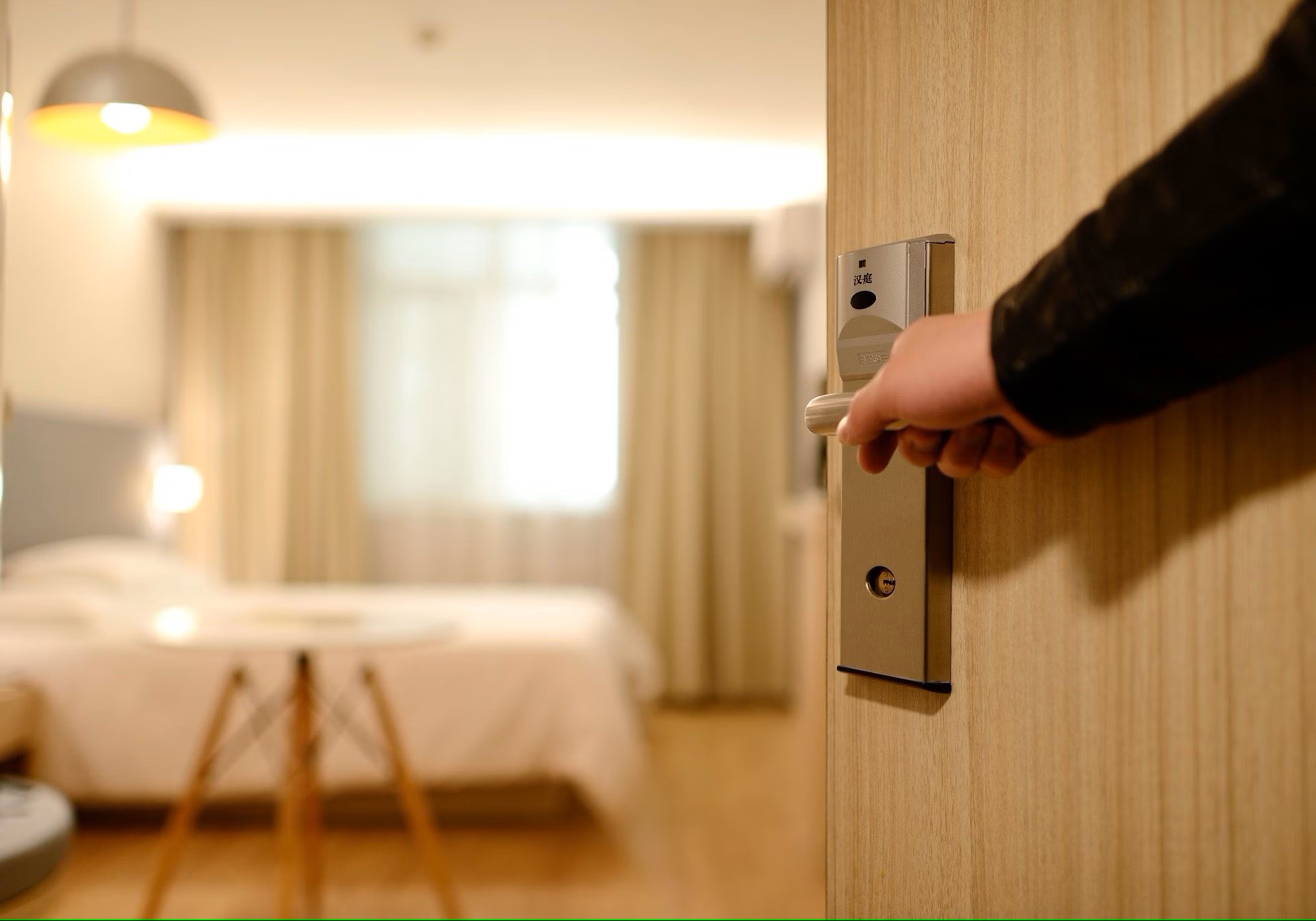
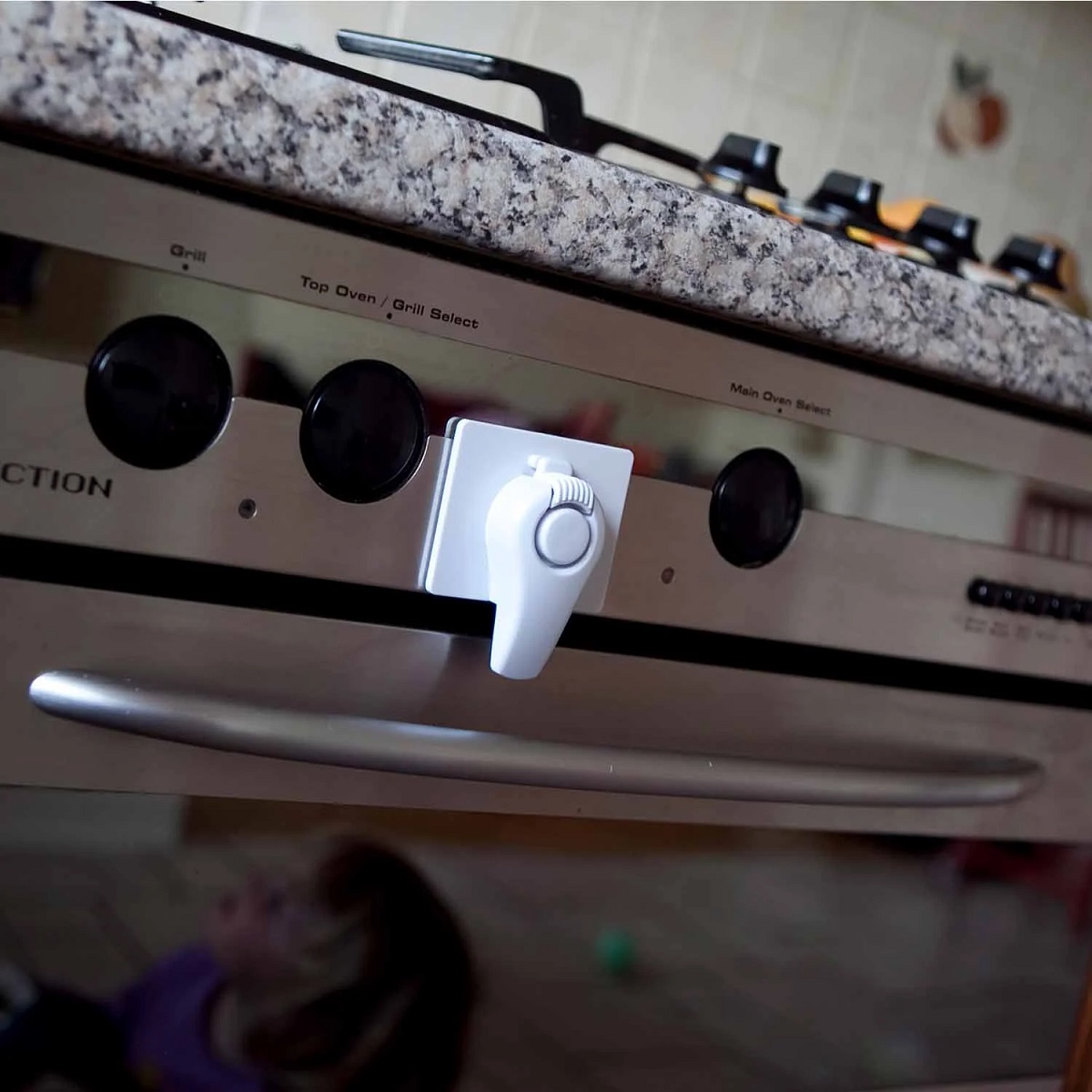
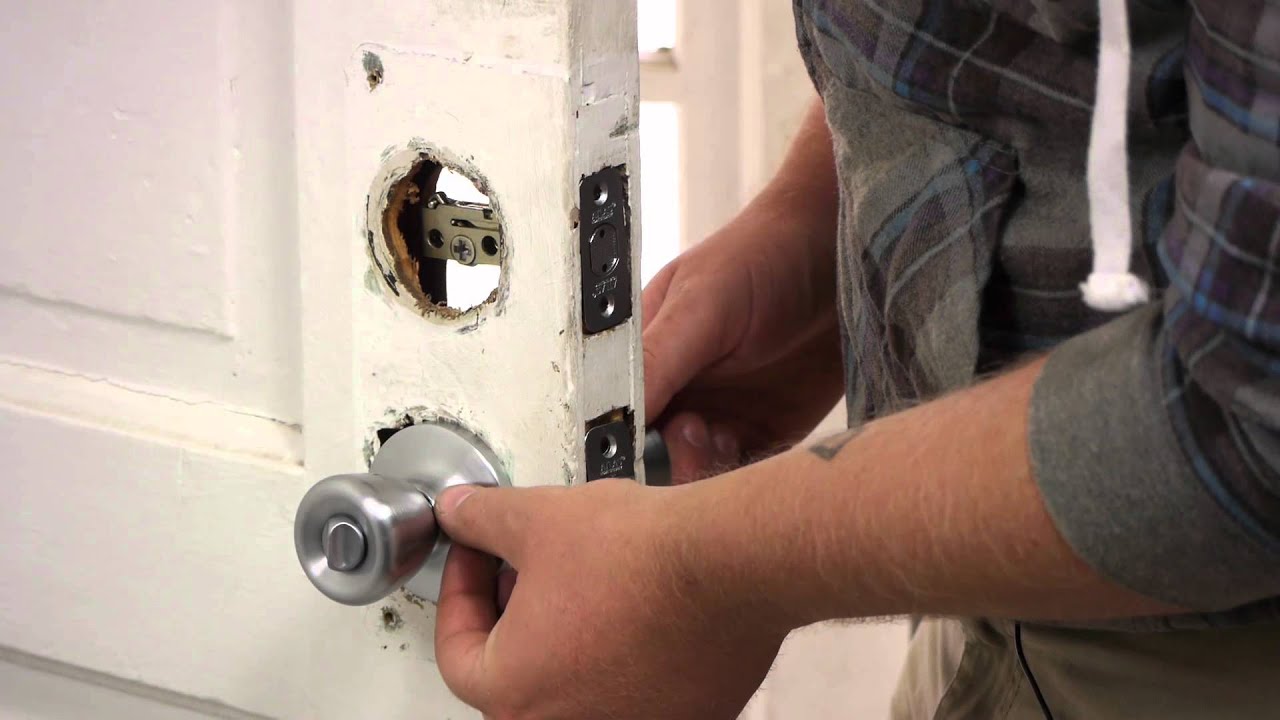
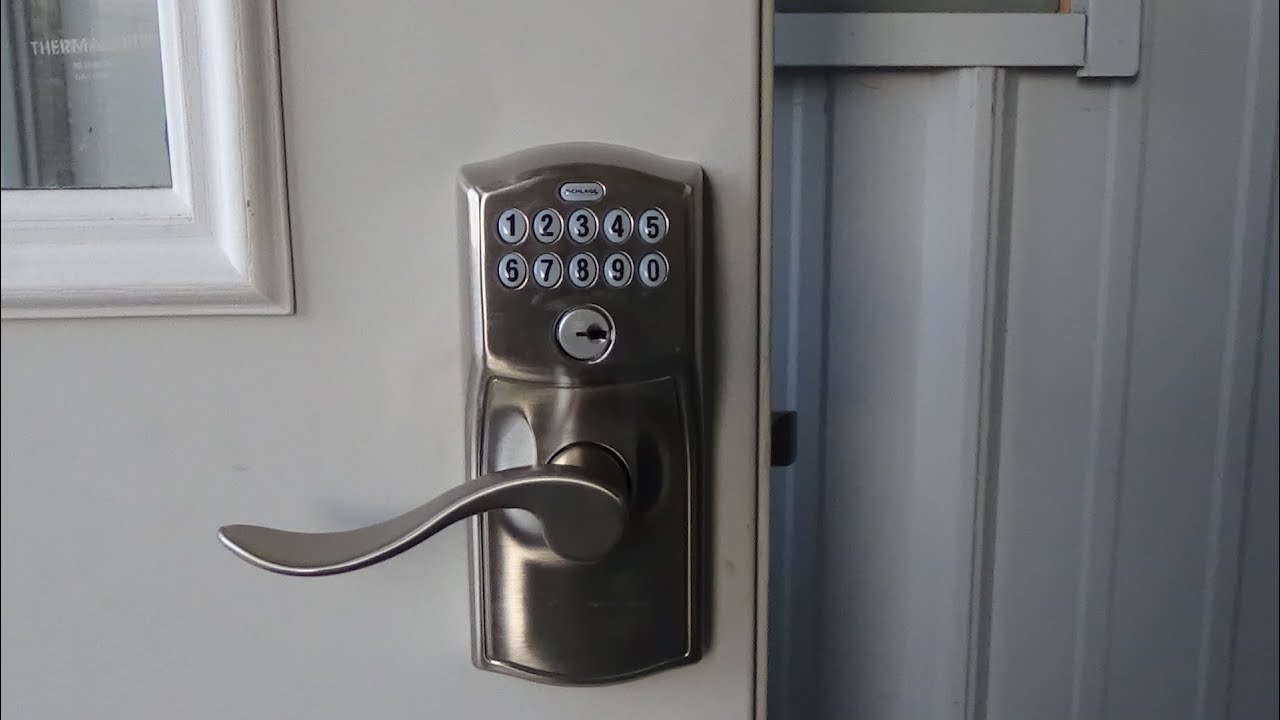
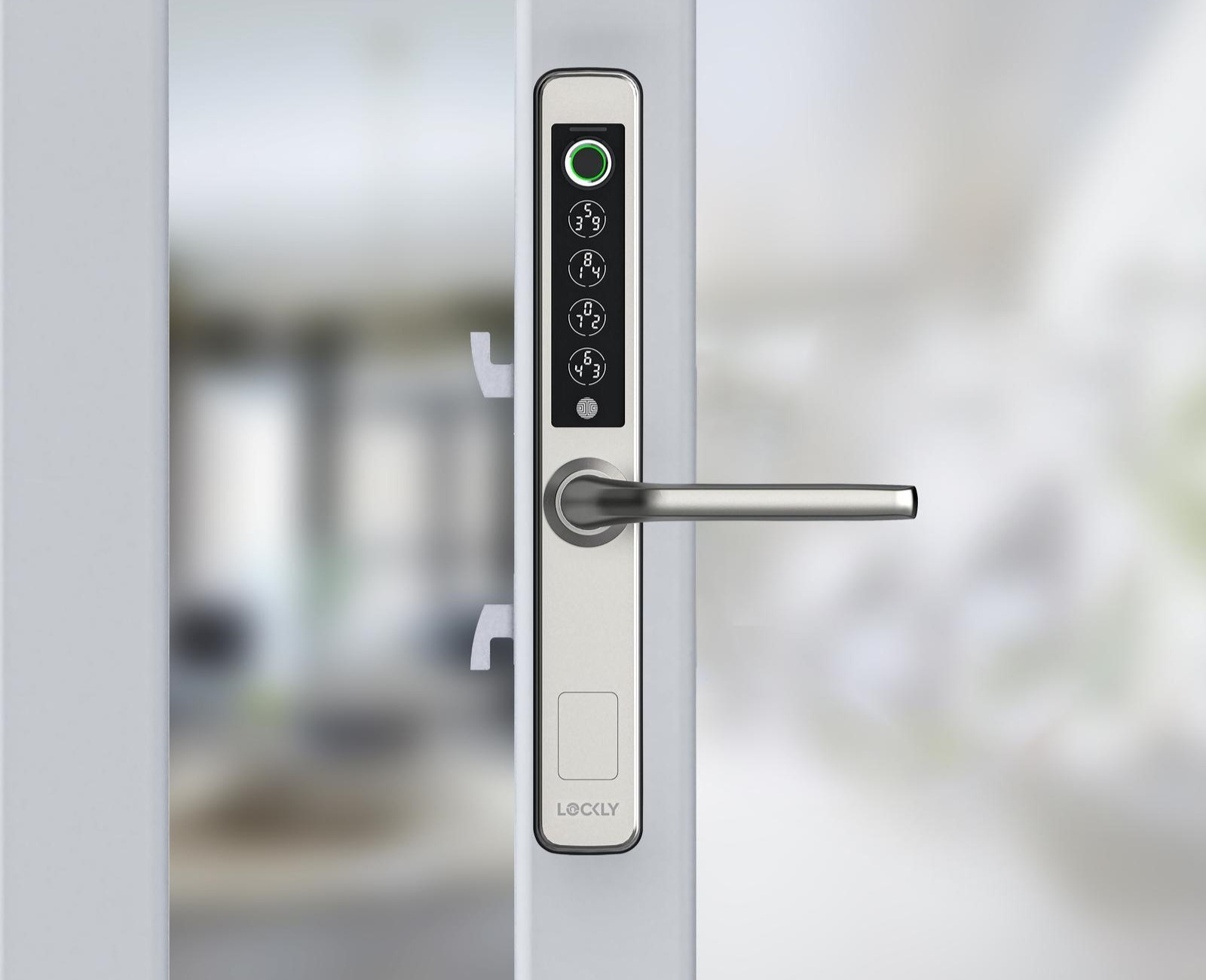
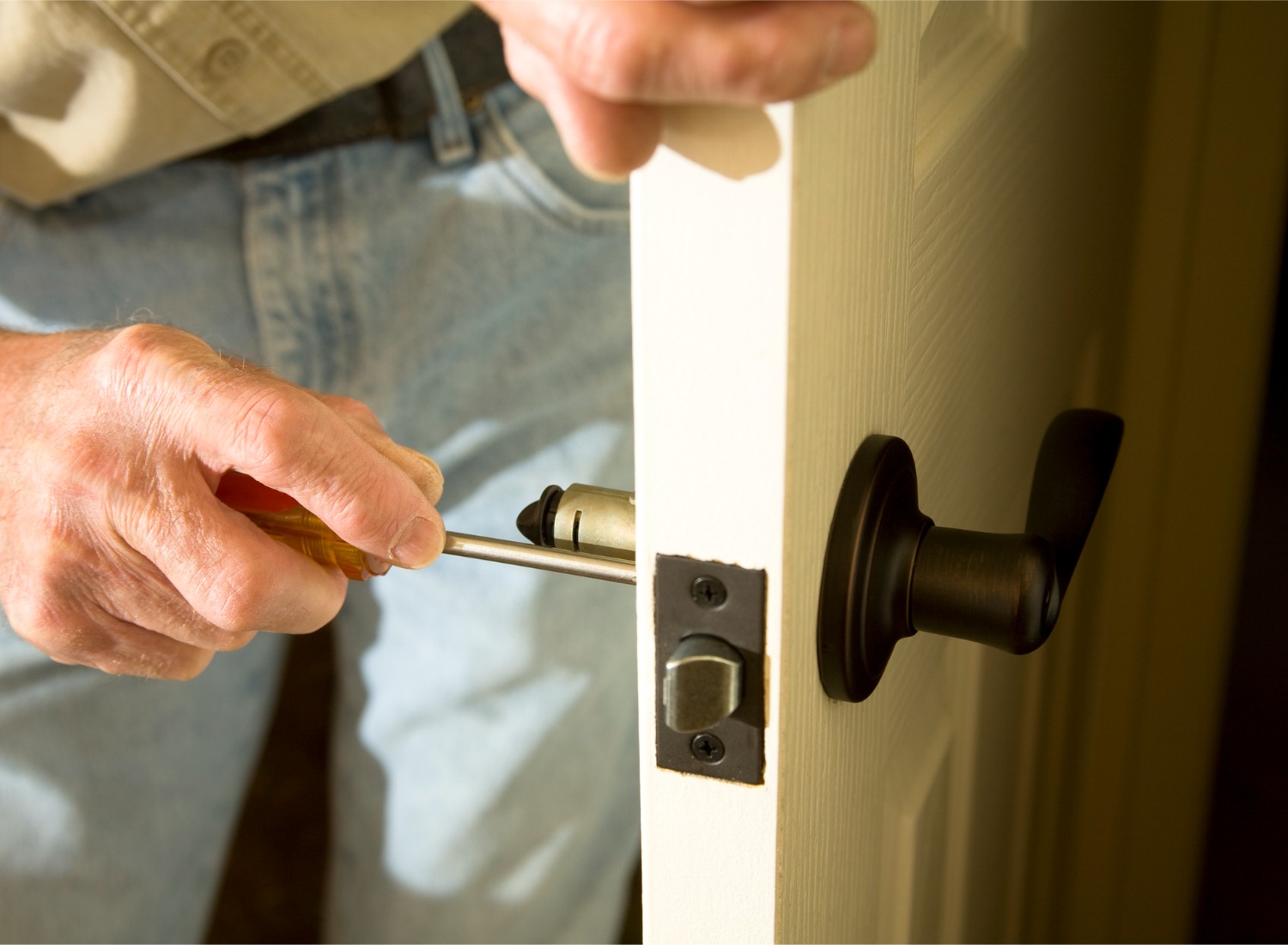
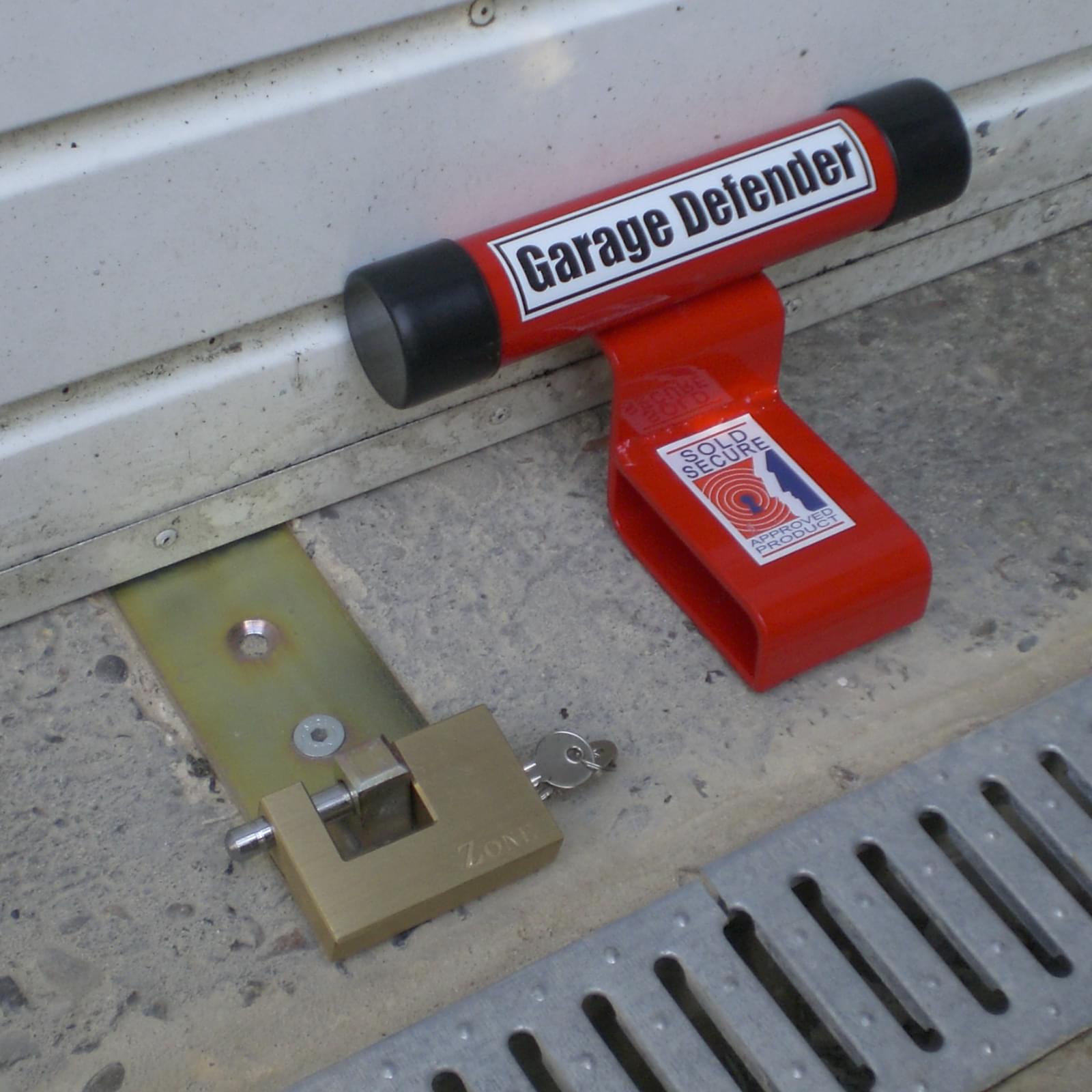
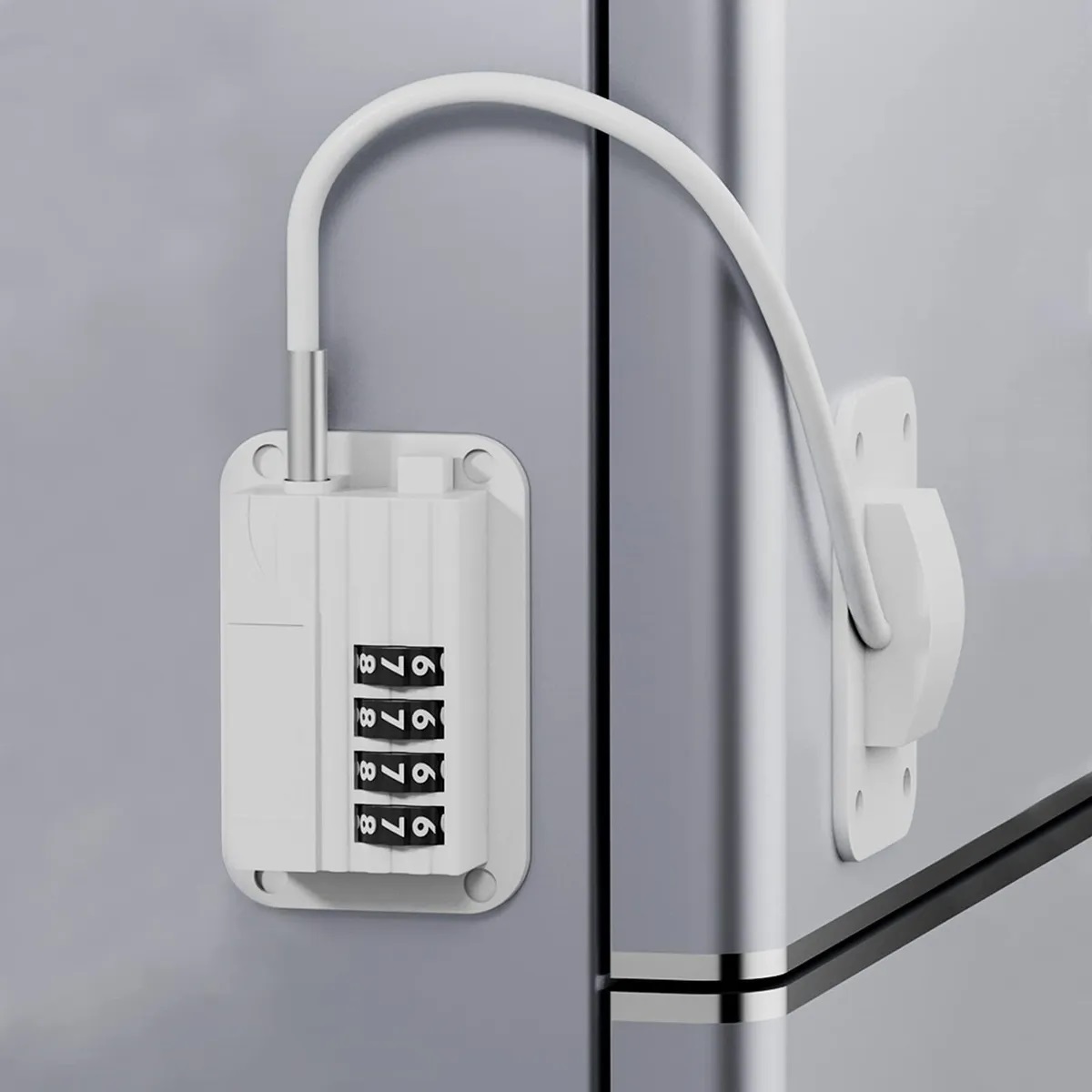
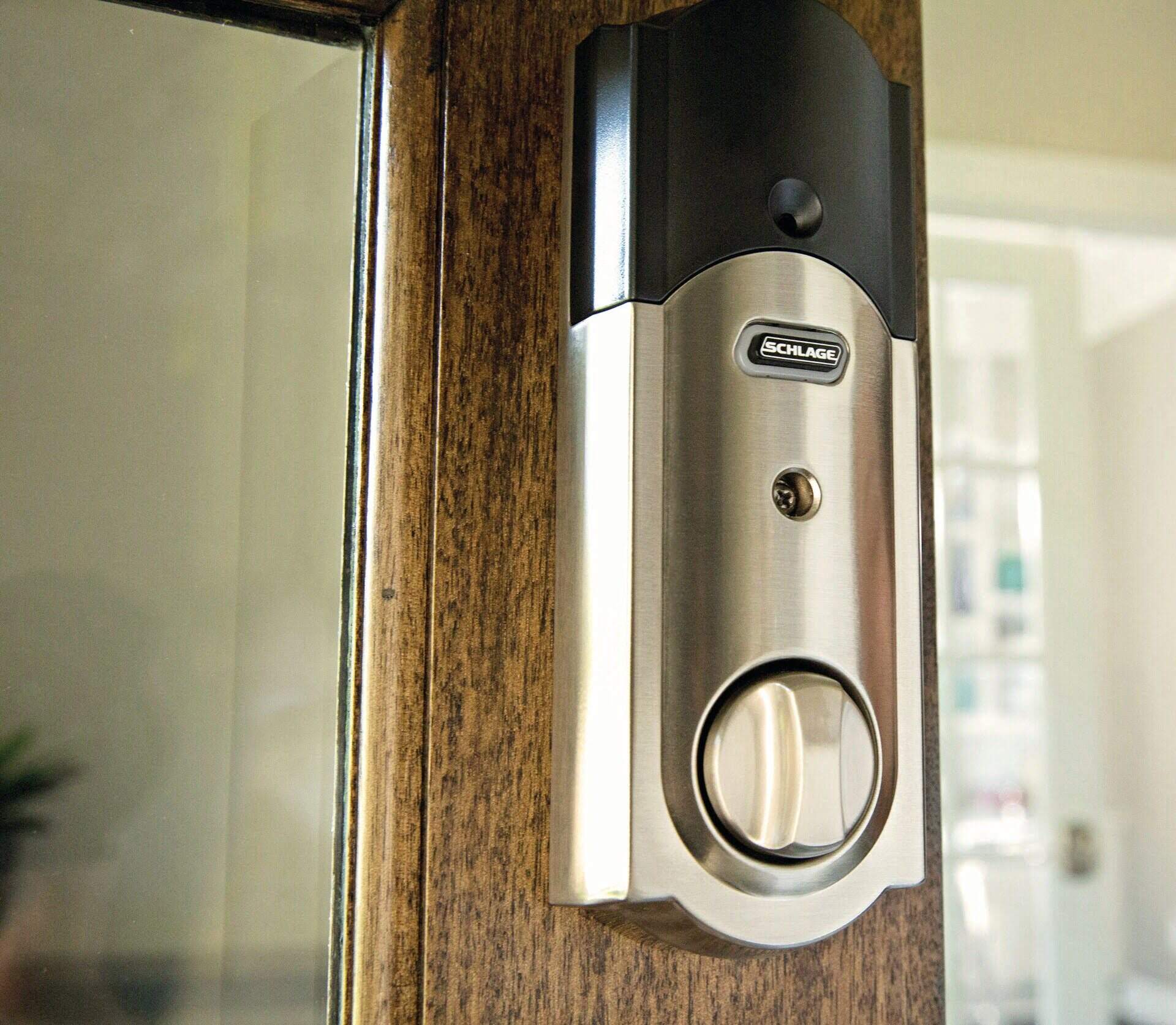
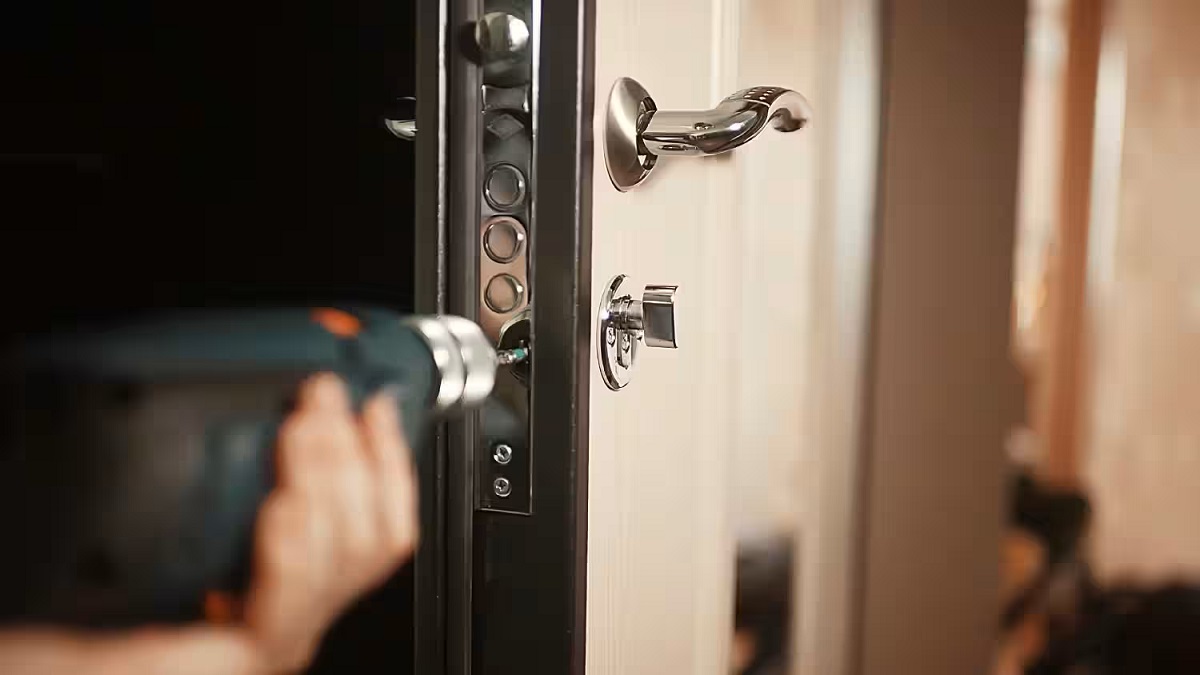
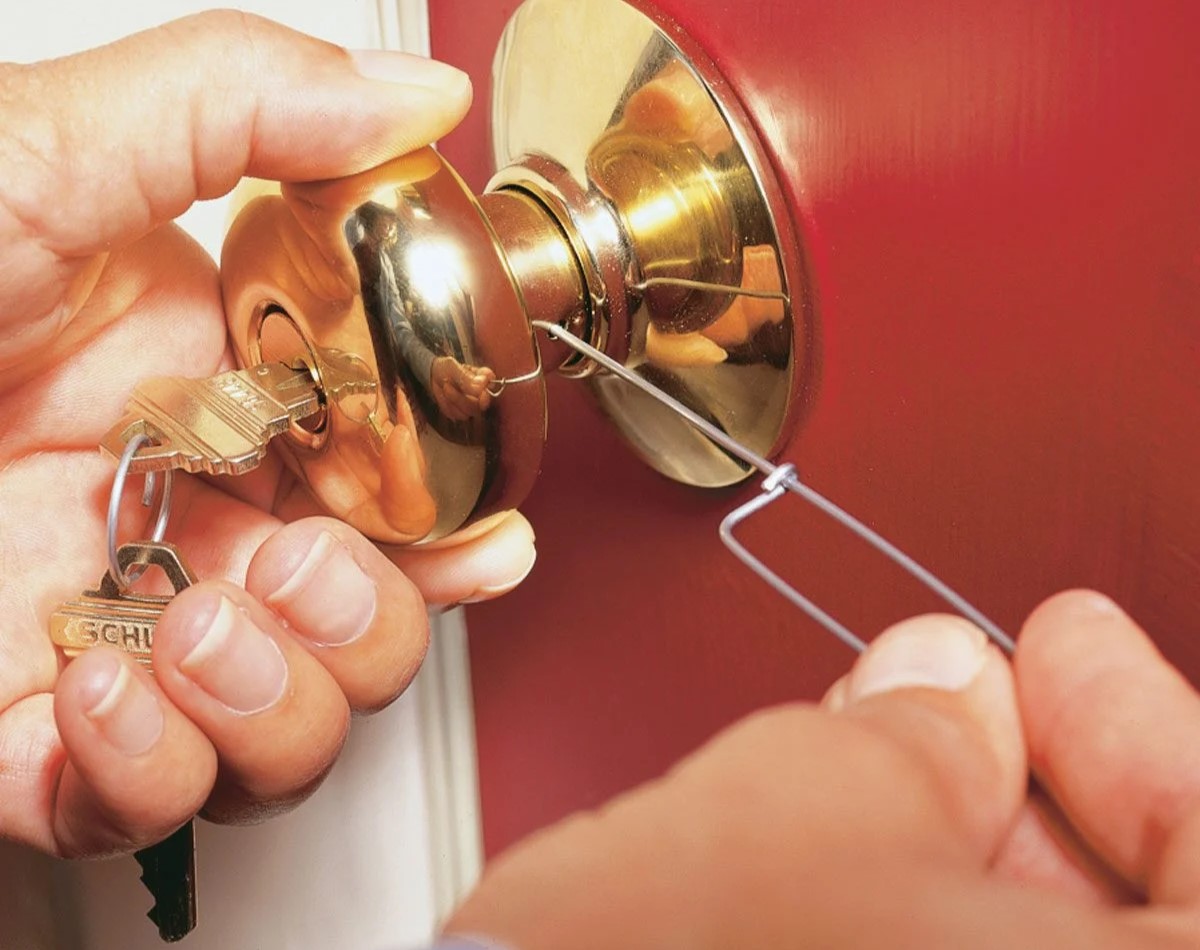

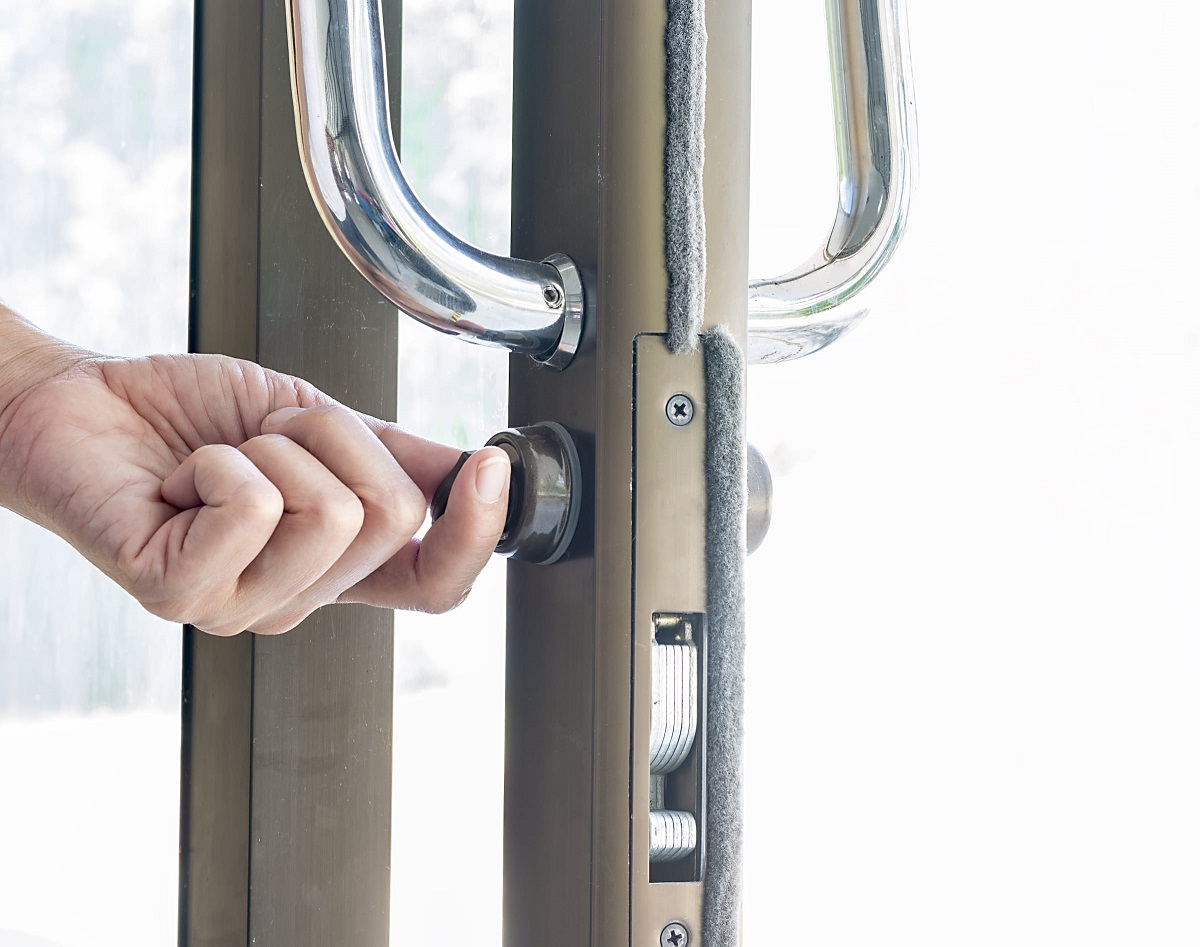
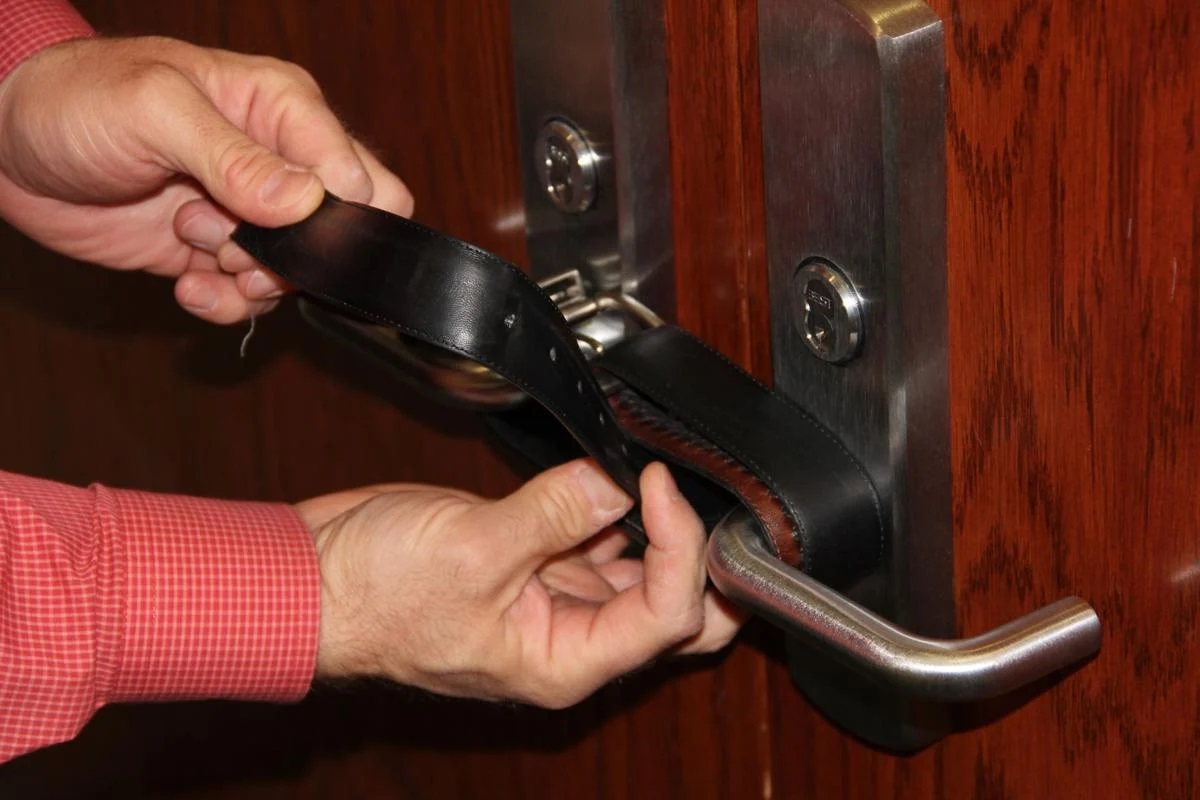

0 thoughts on “How To Lock Pantry Door”